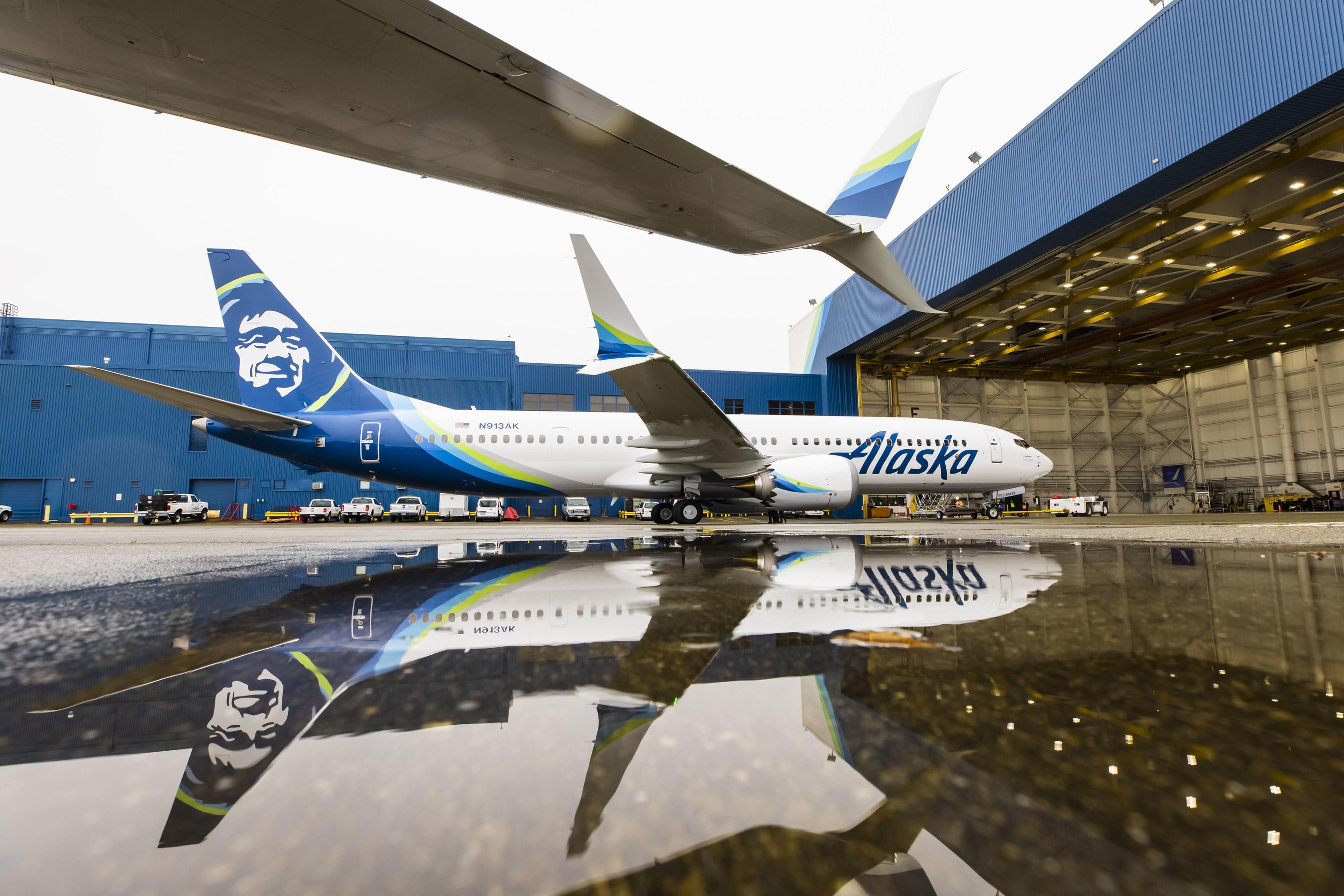
Credit: Alaska Airlines
Data from 40 Boeing 737-9 door plug assembly inspections conducted by Alaska Airlines and United Airlines is in the hands of an FAA team of subject-matter experts tasked with determining whether the work is sufficient to clear grounded aircraft for revenue service. The 40 checks, done in recent days...
Subscription Required
FAA Forms Team To Review 737-9 Inspection Data is published in Aviation Daily, an Aviation Week Intelligence Network (AWIN) Market Briefing and is included with your AWIN membership.
Already a member of AWIN or subscribe to Aviation Daily through your company? Login with your existing email and password
Not a member? Learn how to access the market intelligence and data you need to stay abreast of what's happening in the air transport community.





